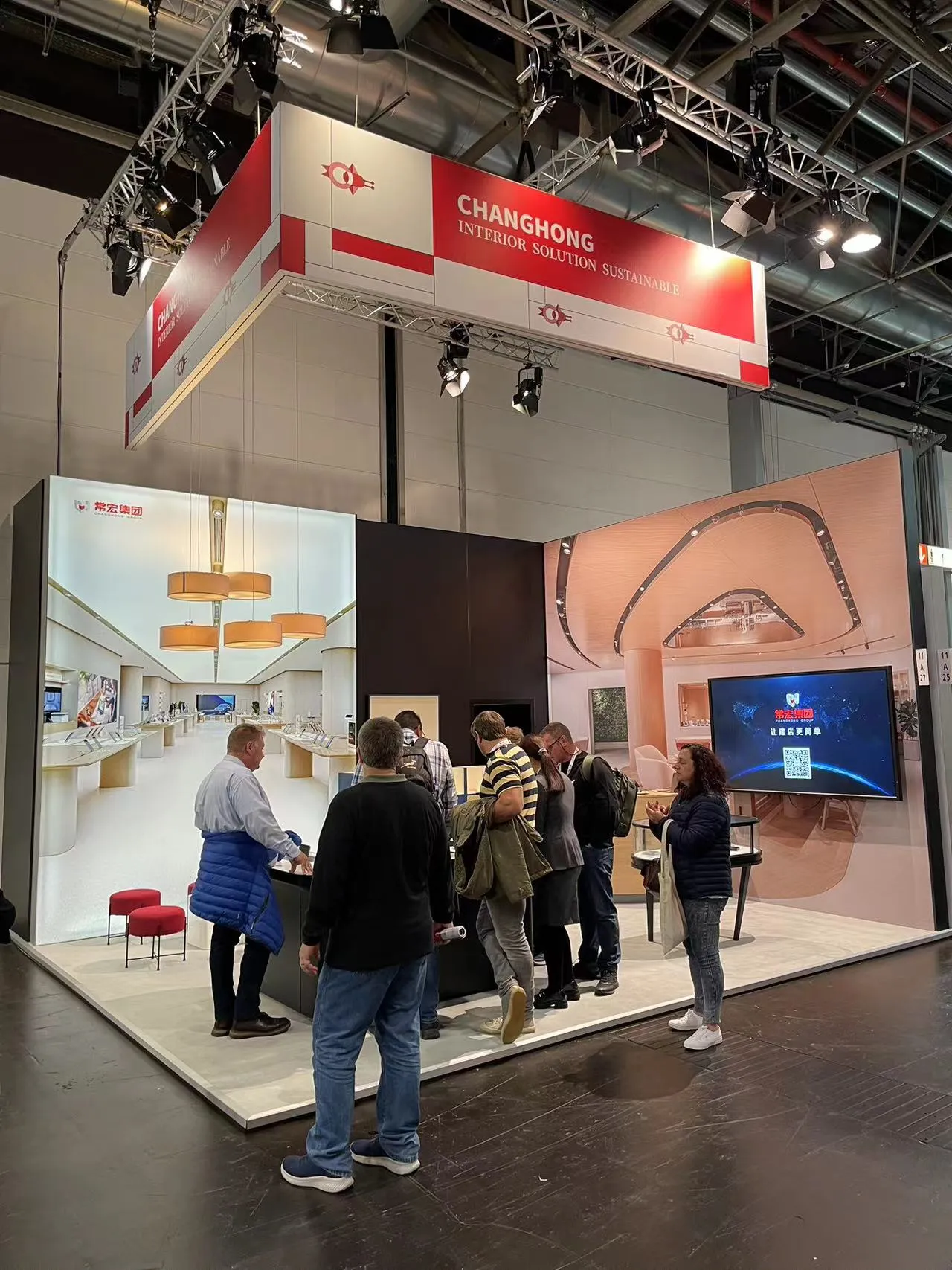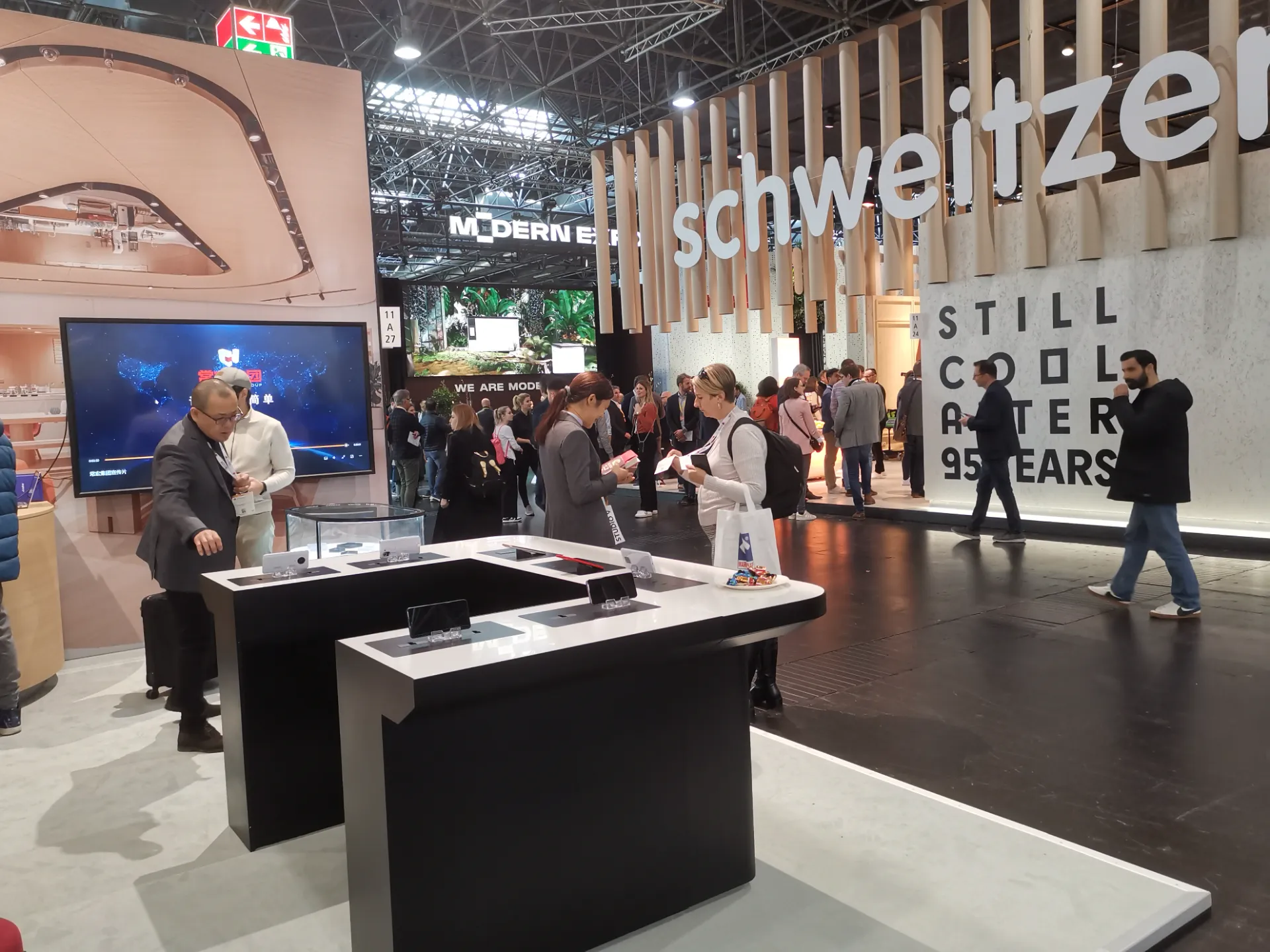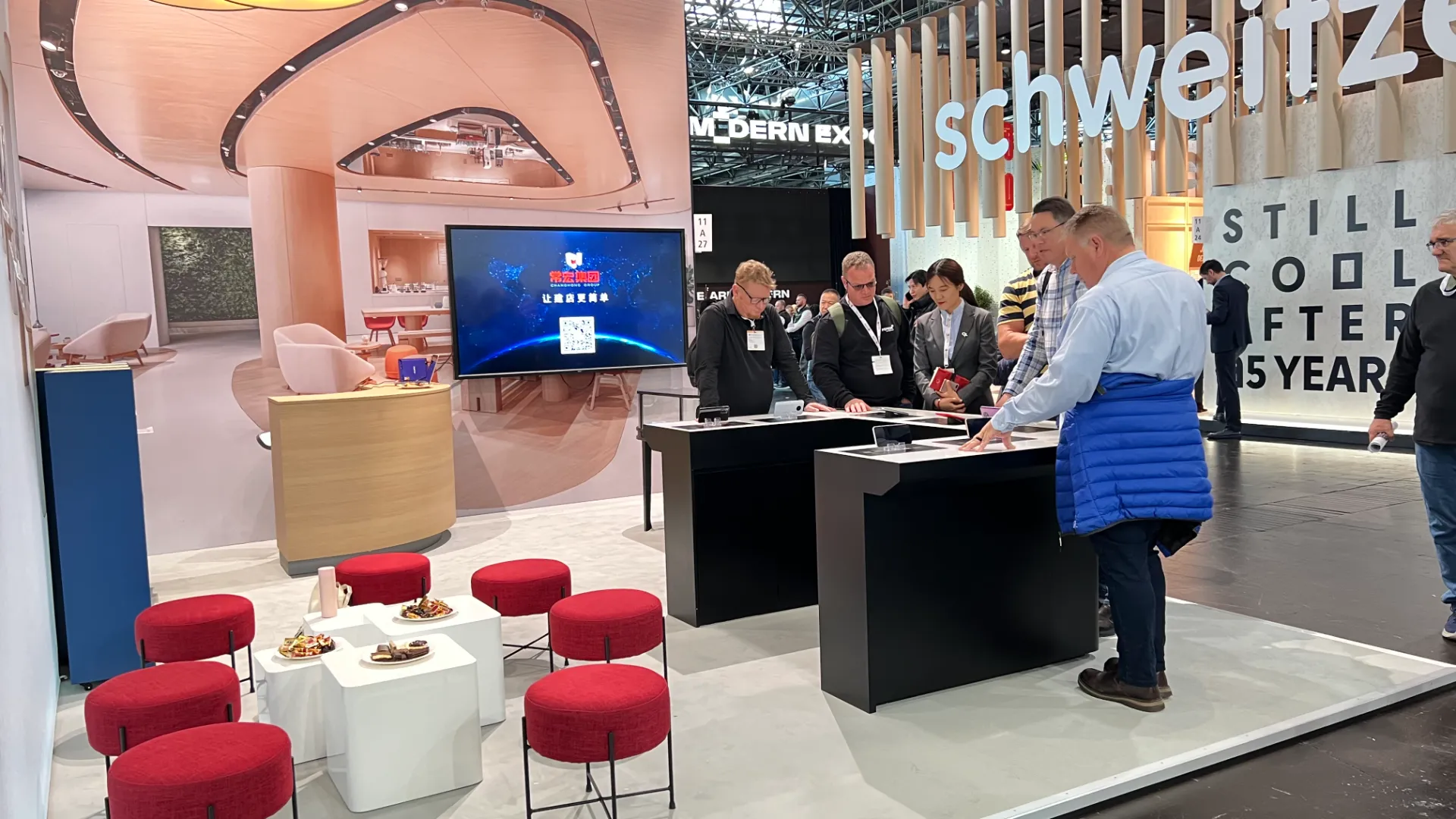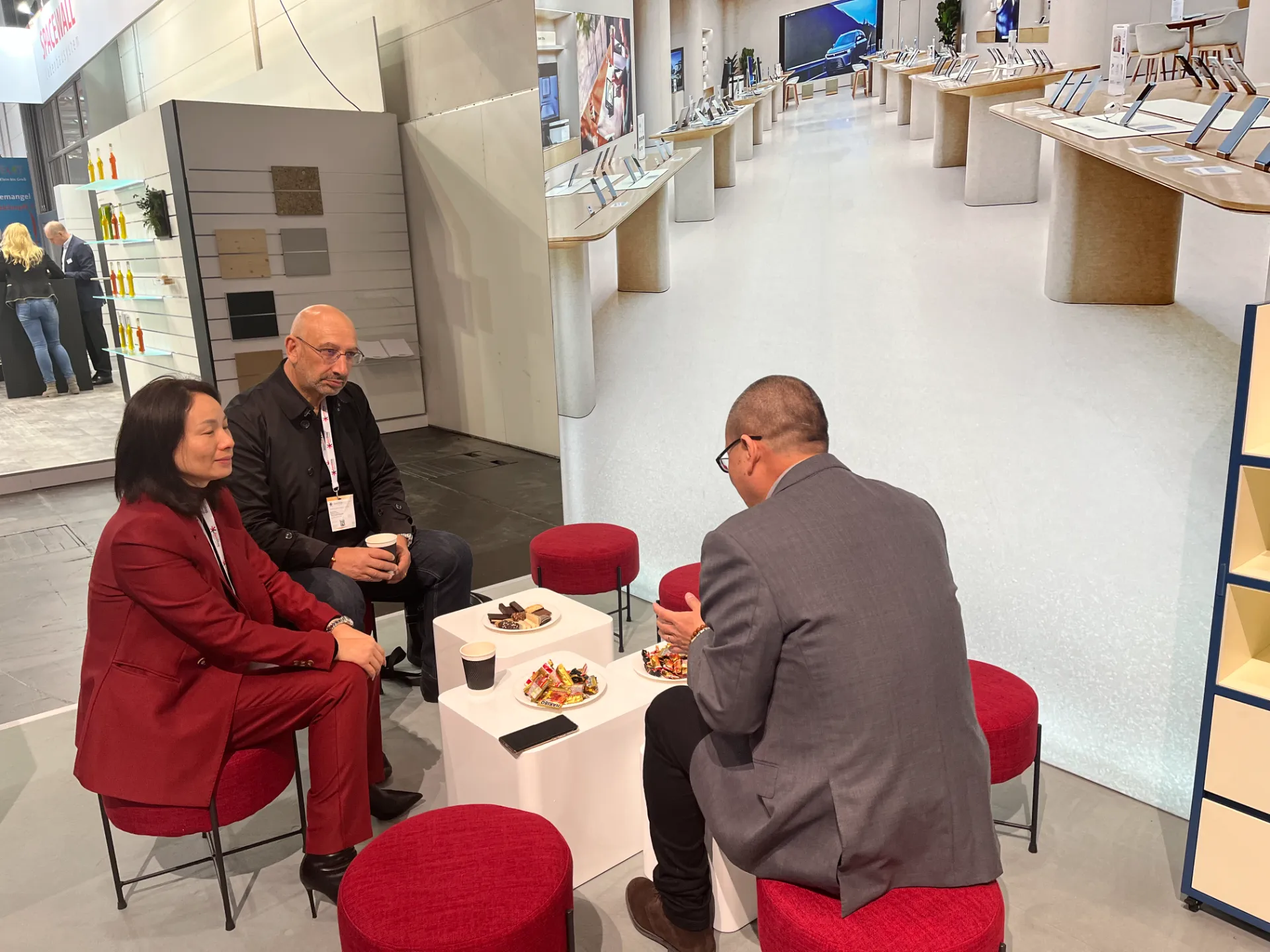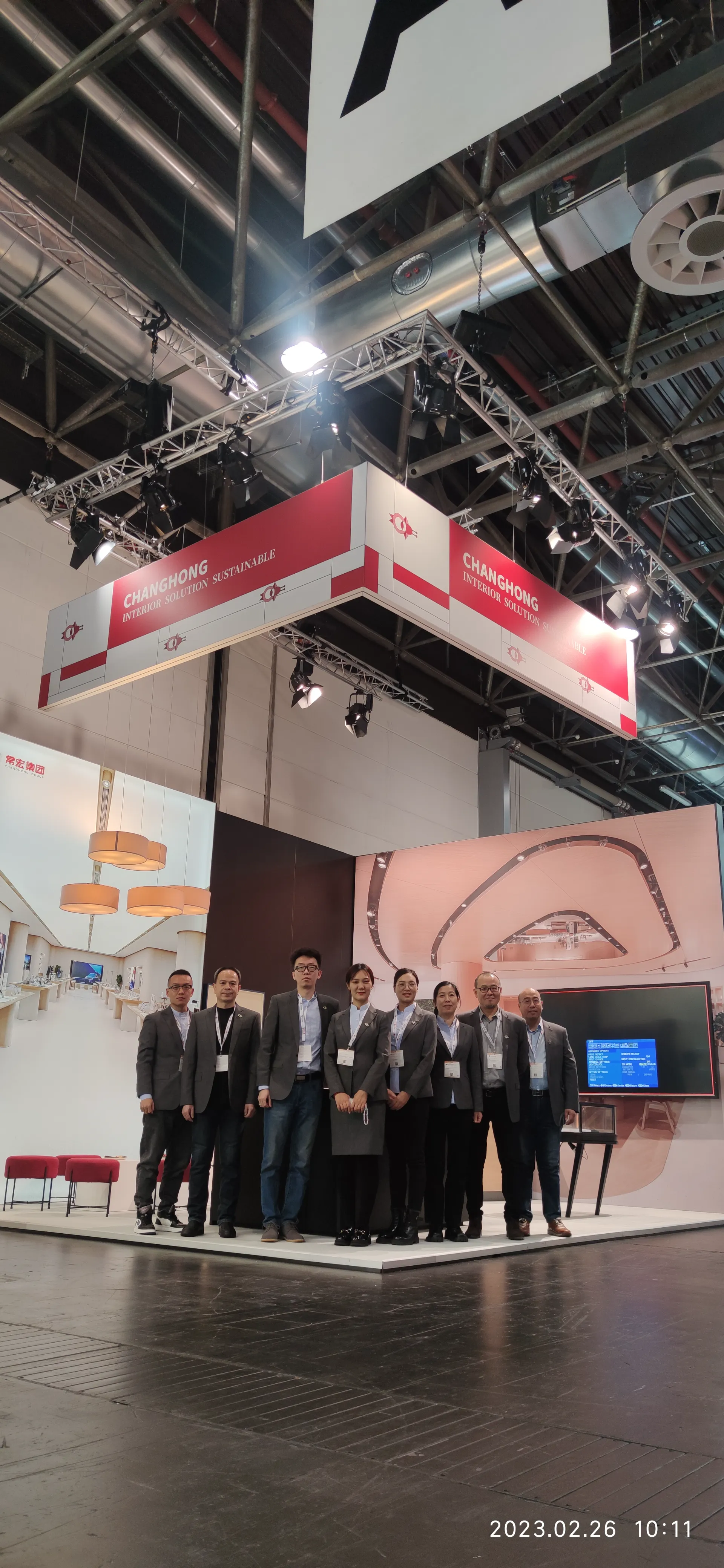Aug . 19, 2024 01:14 Back to list
Innovative Display Solutions for Your Retail Space and Showroom Needs
Showroom Fixtures Elevating Retail Spaces
In the competitive landscape of retail, the importance of a well-designed showroom cannot be overstated. Showroom fixtures play a pivotal role in creating an engaging and functional retail environment, enhancing the customer experience while also optimizing the presentation of products. This article delves into the various types of showroom fixtures, their benefits, and best practices for implementation.
Understanding Showroom Fixtures
Showroom fixtures are physical structures used to display merchandise in retail spaces. They include shelves, racks, displays, mannequins, and signage, among other items. These fixtures not only help in organizing products but also influence customer behaviors and buying decisions. A beautifully designed showroom can attract customers, encourage them to explore, and ultimately drive sales.
Types of Showroom Fixtures
There are several types of showroom fixtures, each serving a unique purpose
1. Shelving Units These are essential for displaying products in an organized manner. Shelving units can be adjustable or fixed, allowing for flexibility in product arrangements to accommodate seasonal items or promotions.
2. Display Racks Ideal for showing off various merchandise, including clothing, accessories, or electronics, display racks come in numerous styles, such as gridwall, slatwall, or free-standing racks.
3. Mannequins Particularly useful in clothing stores, mannequins help portray a lifestyle and provide customers with a visual representation of how items can be worn or used.
4. Counters and Checkout Stations These fixtures not only facilitate transactions but can also be designed to showcase last-minute impulse buying items, further enhancing the shopping experience.
5. Lighting Fixtures Proper lighting is crucial in a showroom as it highlights products effectively. Adjustable lighting can create a mood and draw customers' attention to special displays or new arrivals.
Benefits of Effective Showroom Fixtures
showroom fixtures
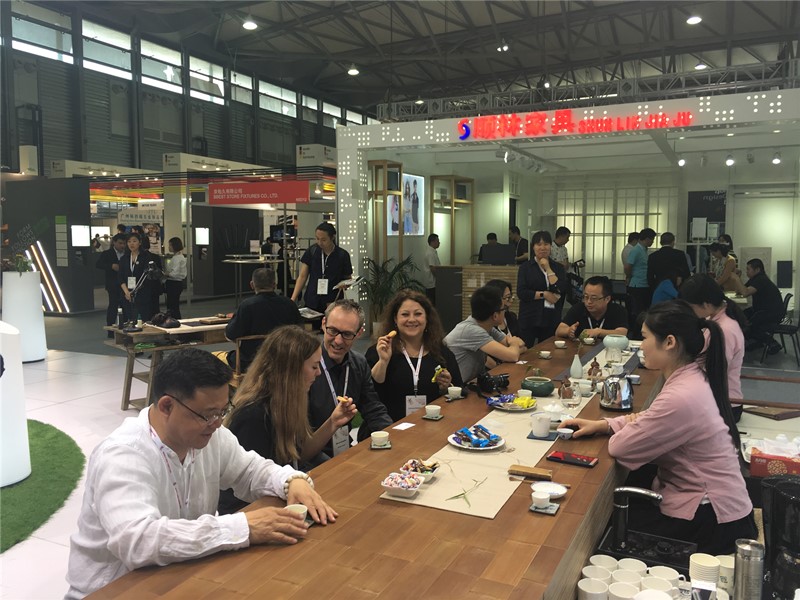
The right showroom fixtures do more than simply hold products; they serve to create an inviting ambiance and a cohesive brand identity. Here are some benefits of utilizing effective showroom fixtures
- Improved Customer Experience Well-organized and visually appealing displays make it easier for customers to navigate the space, which can lead to increased satisfaction and a higher likelihood of return visits.
- Increased Sales Strategic placement of products using attractive fixtures can encourage impulse purchases. For example, placing promo items at eye level or near the checkout can boost sales significantly.
- Brand Identity Reinforcement Customizing showroom fixtures to align with brand aesthetics can strengthen brand recognition. Unique designs and themes contribute to a memorable shopping experience.
- Efficient Space Utilization Effective showroom fixtures can maximize space, ensuring that products are displayed optimally while allowing for comfortable customer movement through the showroom.
Best Practices for Implementing Showroom Fixtures
To maximize the benefits of showroom fixtures, retailers should consider several best practices
- Plan Your Layout Prioritize customer flow and accessibility. An open layout that guides customers through the space will likely lead to more exploration and purchases.
- Keep it Cohesive Ensure that fixtures match your brand’s style and products. Consistency enhances the overall shopping experience.
- Be Flexible Use adjustable fixtures whenever possible to adapt to different product lines or promotional periods.
- Regularly Update Displays Refreshing displays to highlight new arrivals or seasonal trends can keep customer interest alive and encourage repeat visits.
In conclusion, showroom fixtures are a crucial component in the design of retail spaces. Their ability to enhance product presentation, influence customer behavior, and strengthen brand identity makes them indispensable tools for retailers. By carefully selecting and implementing showroom fixtures, businesses can create dynamic environments that not only attract customers but also drive sales and foster loyalty.
-
The Benefits of Electronic Shelf Labels for Modern Stores
NewsJul.01,2025
-
Space-Saving Retail Store Furniture Designs for Small Shops
NewsJul.01,2025
-
Slatwall vs. Gridwall: Which Store Fixture is Right for Your Business?
NewsJul.01,2025
-
Shop Fittings: Essential Elements for a Functional Retail Space
NewsJul.01,2025
-
How to Design a Minimalist Cosmetic Shop Display
NewsJul.01,2025
-
Creative Clothes Shop Display Ideas to Attract More Customers
NewsJul.01,2025














































































































